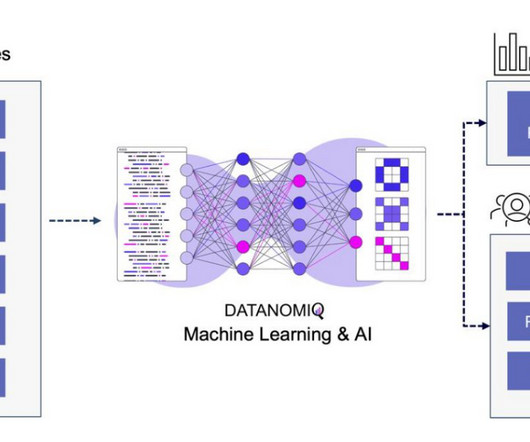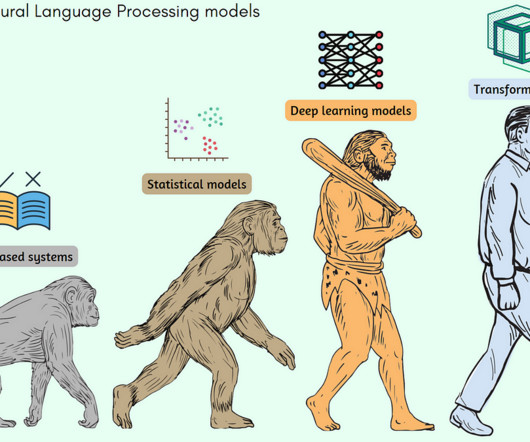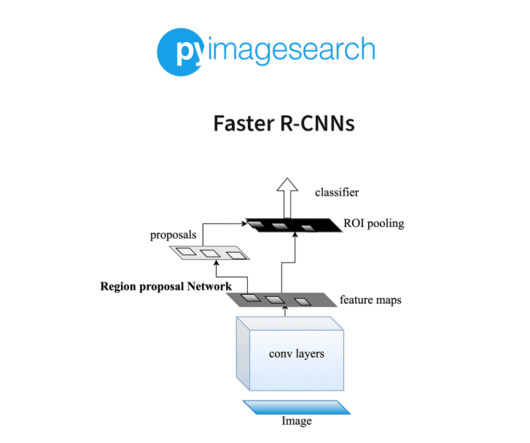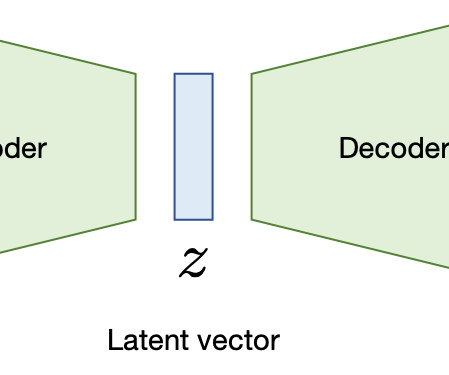Generative vs Discriminative AI: Understanding the 5 Key Differences
Data Science Dojo
MAY 27, 2024
A visual representation of discriminative AI – Source: Analytics Vidhya Discriminative modeling, often linked with supervised learning, works on categorizing existing data. This breakthrough has profound implications for drug development, as understanding protein structures can aid in designing more effective therapeutics.















Let's personalize your content